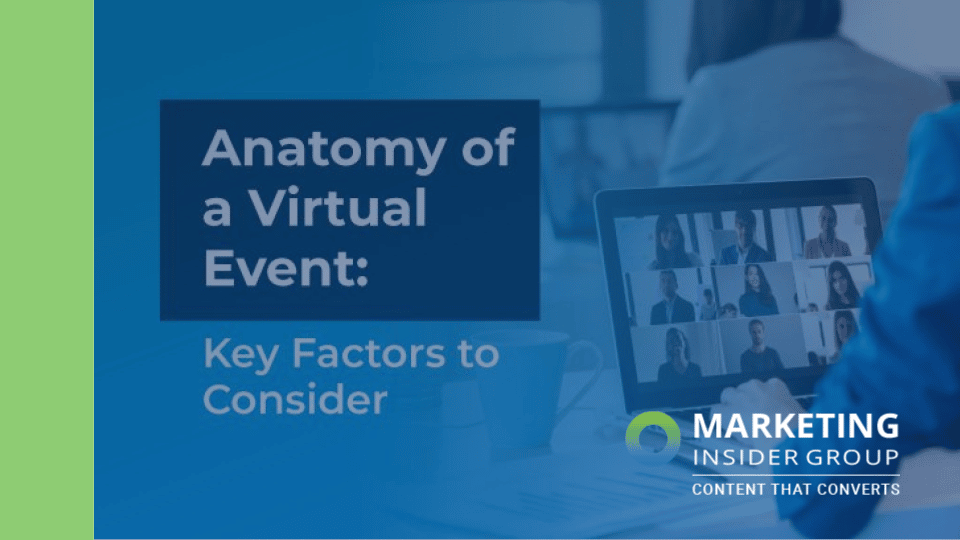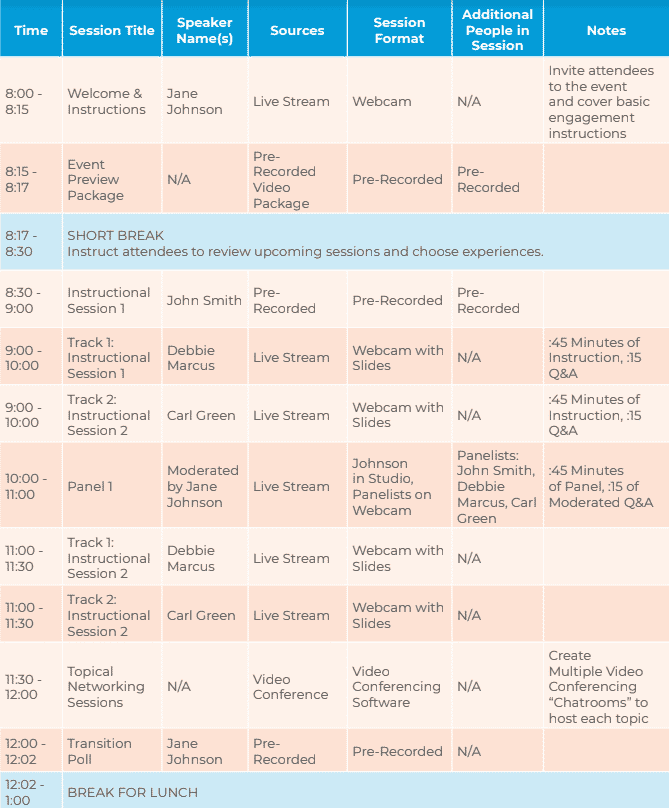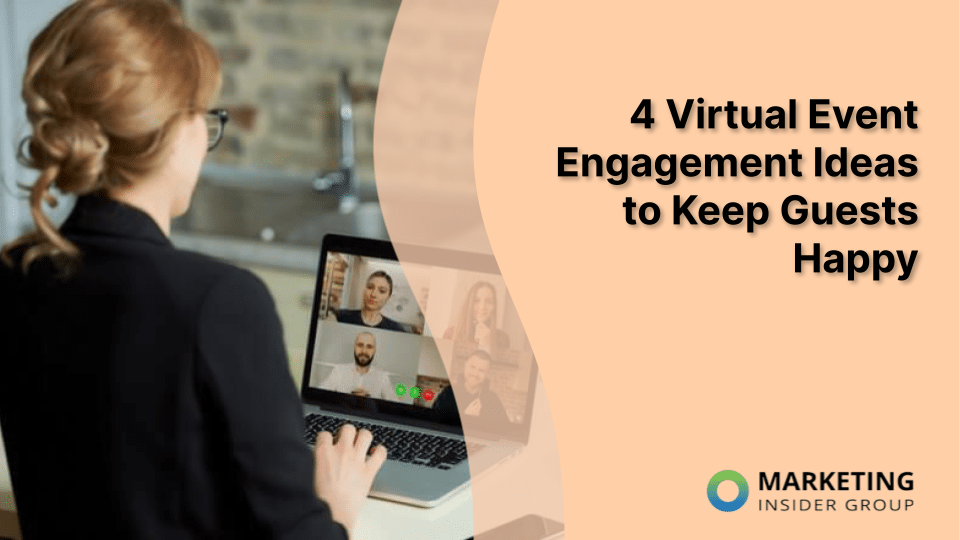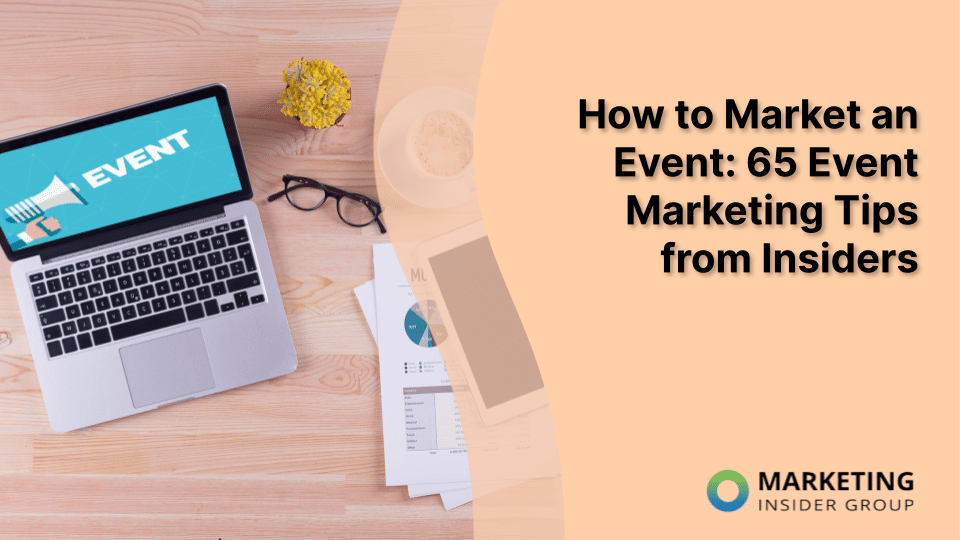
Anatomy of a Virtual Event: Key Factors to Consider
A few years ago, your organization made the quick pivot to virtual events. In this pivot, you may have rushed to bring your digital events to life, cutting corners to ensure you had an event for guests to attend at all.
However, research has shown that these events are sticking around for the foreseeable future. This article summarizes it well: “Temporary convenience options that emerged as pandemic solutions are likely to stick around for good.”
This means it’s worthwhile to revisit the key factors of your virtual events and ensure you’re building from a strong foundation. In this guide, we’re going to cover the following factors of virtual events:
- Content and Event Sessions
- Exhibitor Experience
- Attendee Engagement Strategies
Beyond just discussing each factor, we’re going to cover tips and strategies for successfully executing that portion of your next event. And remember, you can always bring in an eLearning consultant who specializes in virtual events to help you bring the strategies to life.
Let’s get started.
Content and Event Sessions
The content of your event, organized into individual event sessions, is the “meat and potatoes” of the experience. The main reason that members attend your event is to participate in these sessions, as through the sessions they can learn new information, network with peers, and more.
Because of this, content is the core foundation of your event and if nothing else, it’s the one factor that you want to prioritize executing effectively. When reviewing your virtual event content strategy, make sure you consider the following aspects:
- Presentation Format: There are a few different ways to present content to event guests. You could pre-record keynote sessions and speakers, and then broadcast those recordings during the event. Or, you could broadcast live sessions and have speakers give their presentations to a live audience, similarly to how they would with an in-person event. Each approach has its own benefits and challenges; for example, pre-recording removes some pressure from the event day itself, but it can be more logistically challenging to coordinate with speakers in advance of the event.
- Event Layout: This refers to how the content itself is structured. A more traditional layout would resemble a webinar—one speaker with a two-dimensional PowerPoint. A combination layout could include this webinar-style presentation, as well as live panel discussions featuring multiple panelists and audience engagement efforts, which we’ll discuss later in this piece.
- Content Timing: Consider how long sessions and the time between them will last. Longer 60-minute sessions lend themselves well to panel discussions and in-depth presentations, where you can have 45 minutes of content and 15 minutes of Q&A. Mid-length 30-minute sessions work well with 20 to 25 minutes of content and a quick 5 to 10-minute Q&A. Lastly, 15-minute sessions work well for customer stories, entertainment segments, and other options where you’re not planning to field questions from the audience. Consider this example schedule:

- Ongoing Value: Just because you’re live streaming content, that doesn’t mean that it’s only valuable at the moment. Consider recording each event session and repurposing it for later use. You can share it with event registrants who missed a session or two, sell it on-demand to organization members who were unable to attend, or even use it as part of your content marketing strategy.
How you choose to structure your event content will largely depend on the type of content your event will include — for example, you may want to feature longer sessions and live engagement (rather than pre-recording) for events built around keynote speakers and networking opportunities.
However, your virtual experience software can also set limitations on the type of content you can share and how you do so. Revisit your technology to ensure it supports the type of content you want to share.
Exhibitor Experience
Events are a revenue opportunity for your organization, but not just through the event tickets you sell. Sponsors and event exhibitors are also valuable revenue generators for your event, so it’s important to provide a great experience for them.
When you’re mapping out the sponsor experience, there are two main facets to keep in mind—the types of sponsorship opportunities you’ll offer and how you’ll price those opportunities.
Regarding the types of sponsorship opportunities, consider the following options:
- Live Chat: This involves equipping sponsors with their own live chat rooms or other functionality that allows them to message directly with event guests who may be interested in their products or services.
- Poster Hall: A virtual poster hall involves sponsors creating a digital “poster” that displays their branding. Event guests can scroll through the posters and learn which companies are sponsoring the event.
- Meeting Scheduling: Equip sponsors with their own virtual meeting rooms and allow them to schedule one-on-one meetings with guests who may be interested in their offerings.
- Virtual Booths: With a virtual booth, sponsors can provide information about their product or service via pamphlets, brochures, product videos, and links to their website.
- Event Marketing: Consider offering more traditional paid media options such as display ads and banners across your virtual event platform to sponsors. You could also allow sponsors to display their logo on your pre-event outreach, such as in email and social media campaigns.
Pick and choose which opportunities would align well with your event and begin creating sponsorship packages.
Consider creating tiered sponsorship packages, such as a Gold package that features the most or highest-value opportunities, a Silver package that features slightly fewer opportunities, and a Bronze package that features basic sponsorship perks. From there, limit the number of each tier that you offer to increase demand. If every sponsor is able to purchase the “Gold” package, it will be hard to adequately highlight each or make the case for it being the more valuable option.
Attendee Engagement Strategies
At this point, your event guests have been attending virtual events for nearly three years. While many people are fans of the virtual event experience and the increased accessibility it provides, it’s also true that it’s easy to lose focus when staring at a computer screen.
Attendee engagement strategies are crucial in order to re-engage event guests who have lost focus. This includes strategies such as:
- Live Chat: Give guests the ability to chat with one another, event organizers, and event presenters throughout the event. Guests can send in questions, comments, and ideas to be active participants in any sessions.
- Question and Answer Sessions: During sessions, give guests the opportunity to share any questions they have about the content and receive responses. This encourages them to listen for the duration of the event and make the most of each session.
- Discussion Boards: Consider creating discussion boards that focus on specific topics and aspects of your event. Guests who found sessions particularly valuable can network with other guests who have shared interests.
Lastly, consider including short breaks throughout the event to allow guests to step away from their computers. When they have scheduled breaks to step away, guests will be able to focus more intently during event sessions.
While we initially pivoted to virtual events a few years ago, it’s clear that these events are sticking around going forward. It’s worthwhile to revisit the foundation of your events to ensure you’re set up for success as you continue hosting this event type.
By addressing content and event sessions, the exhibitor experience, and attendee engagement, you will cover all of the key facets necessary for a strong event. Good luck!

Amber Winter is the Director of Sales & Marketing at Web Courseworks. She’s committed to helping association executives realize the potential of their education programs and turn them into high performing revenue generators. Amber was named one of Madison, Wisconsin’s 40 under 40 and the number 1 LMS salesperson by Talented Learning.






